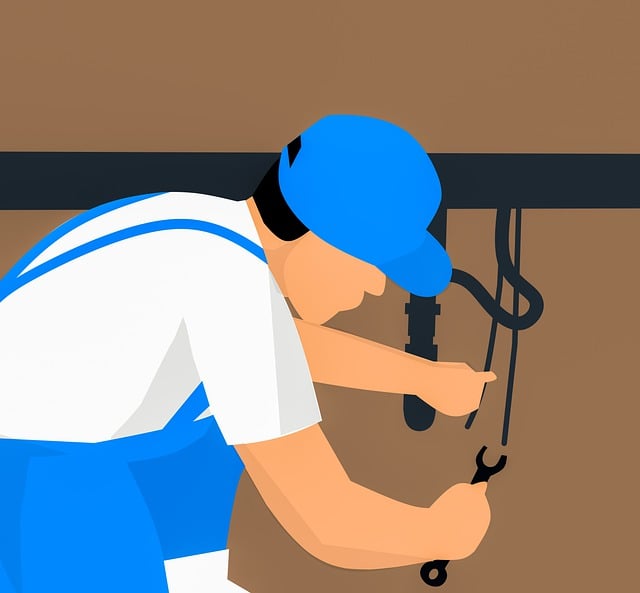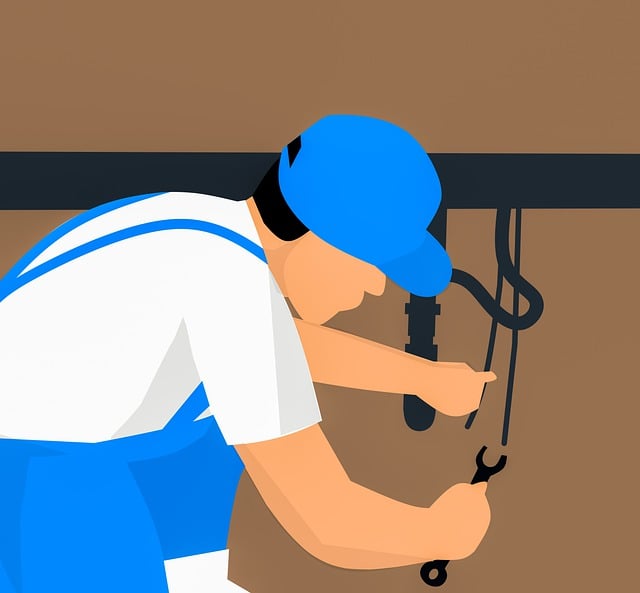Understanding plumbing fundamentals, choosing eco-friendly WaterSense certified products, preparing tools & workspace, turning off water supply, removing old faucets, installing new ones while considering local climate challenges and maintaining regular upkeep are essential steps for successfully installing faucets in Eugene Oregon homes.
Looking to upgrade your Eugene Oregon home with new faucets? This comprehensive guide covers everything you need to know about faucet and fixture installation. From understanding basic concepts to choosing the perfect styles, preparing your space, and maintaining your new fixtures, we break down the process step-by-step. Discover expert tips for overcoming common challenges and learn why proper maintenance is key to keeping your faucets in top condition.
- Understanding the Basics of Faucet and Fixture Installation
- Choosing the Right Faucets and Fixtures for Your Eugene Oregon Home
- Preparation and Tools Required for Installation
- Step-by-Step Guide to Installing a New Faucet
- Common Challenges and How to Overcome Them
- Maintenance Tips to Keep Your Faucets and Fixtures in Top Condition
Understanding the Basics of Faucet and Fixture Installation
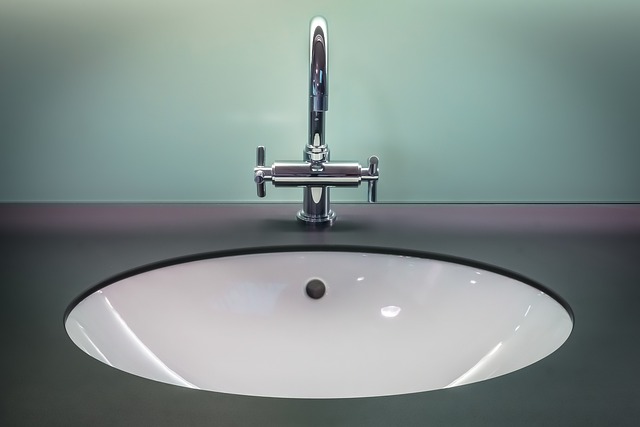
When it comes to installing faucets and fixtures in Eugene Oregon homes, understanding the basics is key. This involves familiarizing yourself with the various components that make up these systems, including valves, aerators, and different types of connections. Each fixture has unique requirements, so knowing how they work together ensures a seamless installation process.
The first step is assessing your existing plumbing setup to determine the best approach for replacement or new installations. Common faucet types include compression, cartridge, and ceramic disk, each with its own advantages and maintenance needs. Proper measurement and fitting are crucial, especially when dealing with various pipe sizes and thread types, to guarantee a secure connection without leaks.
Choosing the Right Faucets and Fixtures for Your Eugene Oregon Home
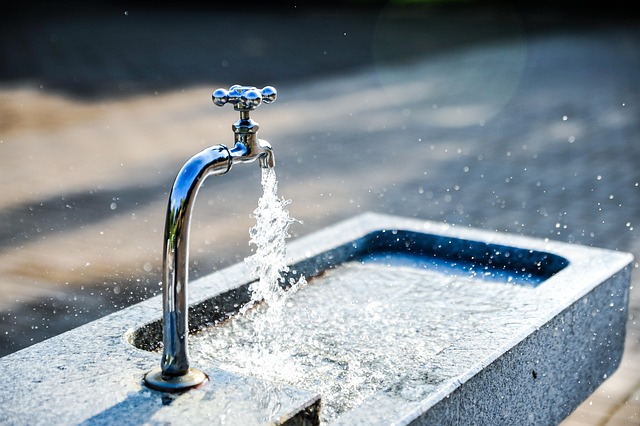
Choosing the right faucets and fixtures is a crucial step in remodeling or designing your Eugene Oregon home. Consider factors like style, functionality, and durability when selecting pieces that align with your aesthetic preferences and daily needs. The market offers a vast array of options, from contemporary designs to classic styles, ensuring you find the perfect fit for your space.
Local plumbing codes and water efficiency standards are essential considerations in Eugene Oregon homes. Look for faucets and fixtures labeled as WaterSense certified, which meet these criteria and help conserve water without compromising performance. This eco-friendly approach not only benefits the environment but also saves you money on utility bills over time.
Preparation and Tools Required for Installation
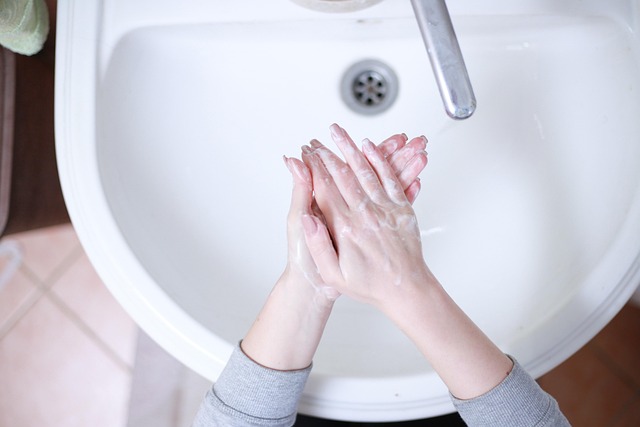
Before installing a new faucet or fixture in your Eugene Oregon home, proper preparation is key. This involves gathering all necessary tools and materials, including wrenches, pliers, and any specific parts unique to the faucet design. It’s crucial to have a clear workspace, ensuring old fixtures are removed carefully to avoid damage during the process. A well-prepared environment not only facilitates a smoother installation but also helps prevent costly mistakes.
The right tools are essential for a successful faucet installation. Basic hand tools like wrenches and pliers are often sufficient for most residential tasks. For tighter fittings, you may need adjustable or impact wrenches. It’s also wise to have a supply of replacement parts, such as O-rings and gaskets, on hand in case of unforeseen issues. Proper preparation and the right tools will ensure your faucet installation goes smoothly and efficiently.
Step-by-Step Guide to Installing a New Faucet

Installing a new faucet in your Eugene Oregon home can be a straightforward process with the right tools and preparation. First, turn off the water supply to your sink or fixture using the shut-off valves located underneath. This ensures that no water will run during the installation. Next, gather all necessary tools, including wrenches, pliers, and any specific tools required for your faucet model. Start by removing the old faucet by loosening the nuts securing it with a wrench or pliers. Take note of how the components are arranged for reference later. Once the old faucet is removed, clean the sink area and install the new faucet according to the manufacturer’s instructions. This typically involves connecting the water lines, attaching the faucet body, and tightening the nuts securely. Double-check all connections for leaks before turning on the water supply.
Common Challenges and How to Overcome Them
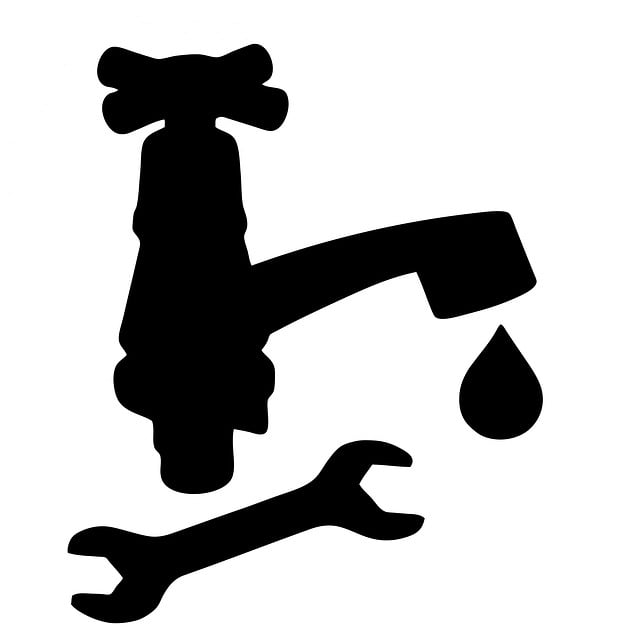
When installing faucets and fixtures in Eugene Oregon homes, several common challenges arise due to the region’s unique climate and local water conditions. One significant hurdle is the risk of frozen pipes during colder months, which can damage both the faucet and surrounding plumbing. To overcome this, professionals recommend using heat tape or insulation around pipes, ensuring proper drainage, and considering fixtures designed for cold climates.
Another challenge is hard water, a common issue in Oregon. Hard water can cause mineral buildup on faucets and fixtures, leading to reduced functionality and unsightly appearances. Installing water softeners as part of the plumbing system is an effective solution to mitigate this problem, providing softer water that prevents buildup and prolongs the lifespan of these components.
Maintenance Tips to Keep Your Faucets and Fixtures in Top Condition
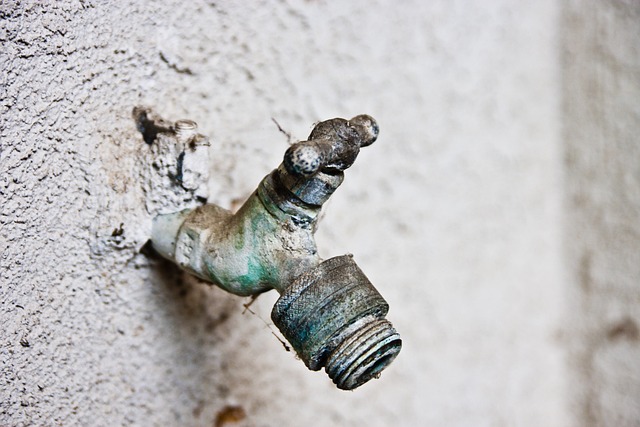
Regular maintenance is key to keeping your Eugene Oregon home’s faucets and fixtures in top condition. Start by inspecting them regularly for any signs of damage, leaks, or corrosion. Addressing issues early can prevent small problems from escalating into costly repairs.
Wipe down faucets with a soft cloth to remove mineral deposits and dirt, especially if your water has high mineral content. Consider using vinegar or specialized cleaning solutions for tougher buildup. Lubricate the parts that move, such as spouts and handles, with a light oil to ensure smooth operation. Lastly, don’t forget to replace worn-out gaskets and O-rings, which are crucial for preventing leaks.


